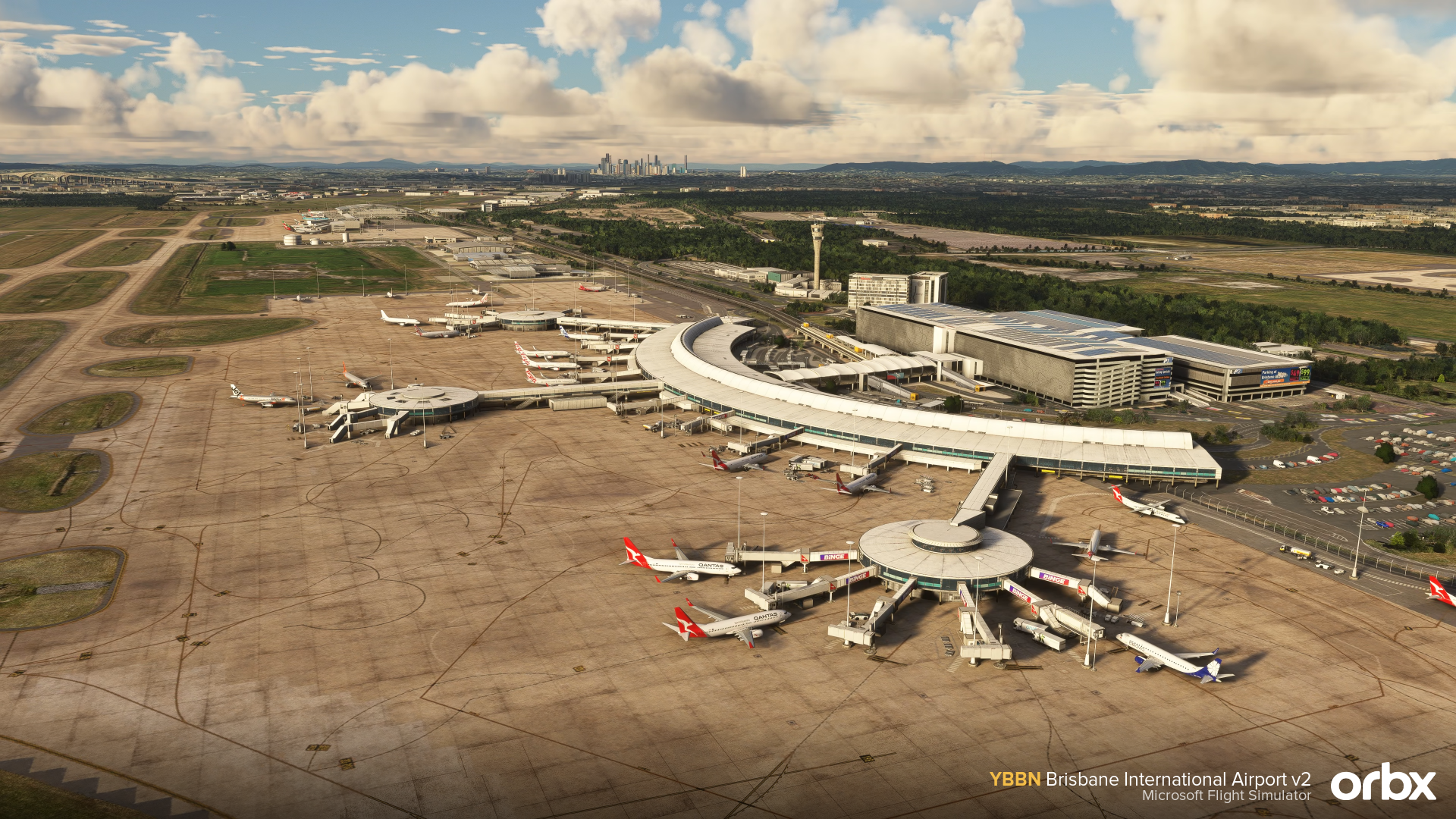iniBuilds has released update v1.0.9 for their newest major aircraft release, the A350. Originally, they were releasing weekly updates, however, they stopped this not long ago to focus on bigger updates and more feature-packed releases. This new update brings a range of fixes and new features for the A350.
VNAV Overhaul
iniBuilds has completely overhauled the VNAV system in v1.0.9, which now follows the VNAV profile better. This means the aircraft won’t skip height during turns and will now meet speed limitations and altitude constraints correctly. They have also added some new features to the FMS with this update, which include Estimated Take-off Time (ETT) and Constant Mach Segment (CMS).
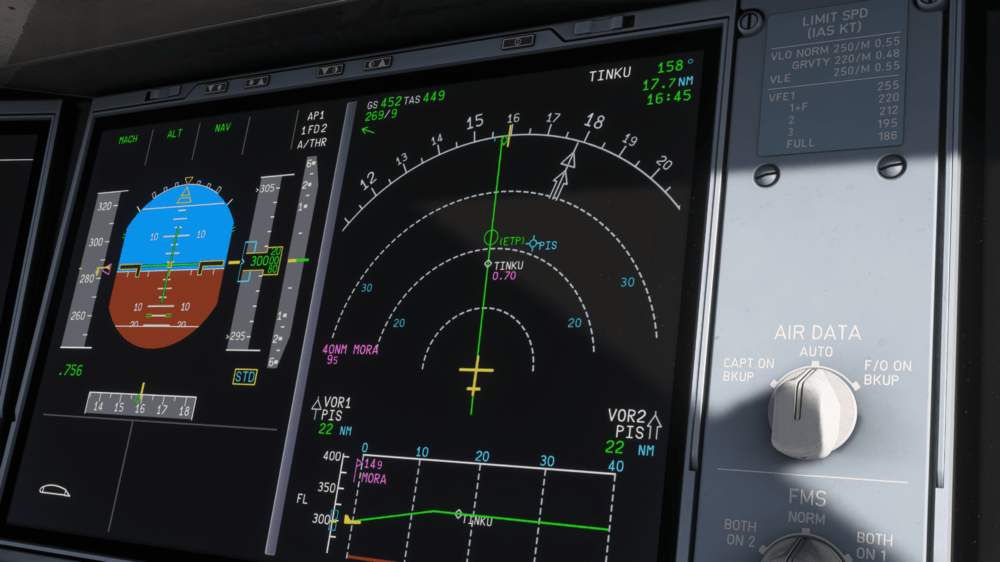
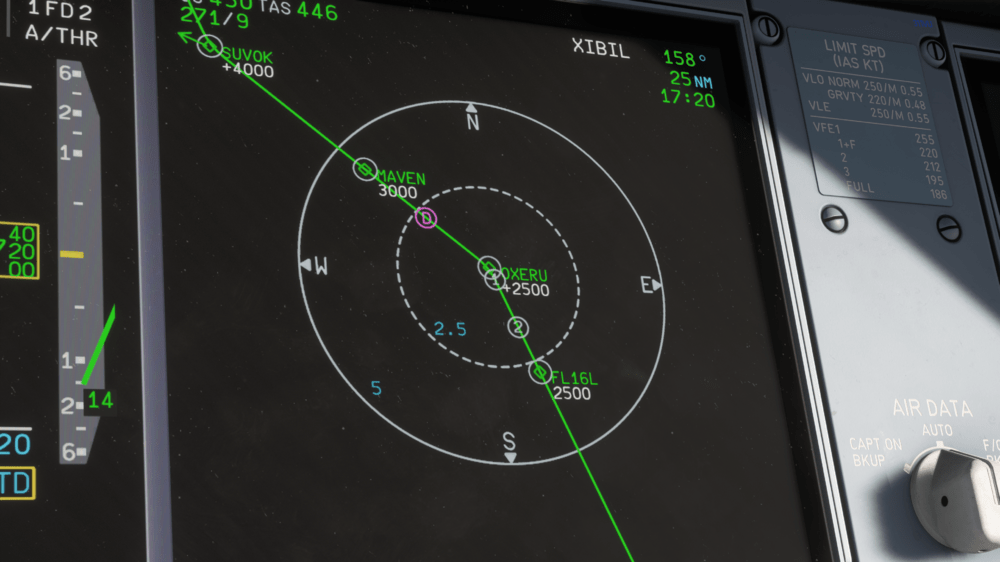
Estimated Take-off Time is a reference used for flight plan predictions during preflight. This feature is now present in the FMS alongside Constant Mach Segment, which will now allow the FMS to maintain a specific Mach number between two waypoints. This will help to optimise fuel efficiency and is useful for long-haul flights, like Atlantic crossings.
In order for the CMS to work correctly, users will need to enter the initial waypoint on the FMS, followed by the desired Mach number and then the end waypoint. Another new feature that has been added is the Continuous Descent Approach (CDA). CDA provides the flight crew with cues to decelerate the aircraft to be at approach speed by 1000ft. This feature is now in the aircraft to assist you with descent planning.
Flight Model Changes
iniBuilds have also made some slight adjustments to the flight model of the A350 in update v1.0.9. The first change is to the yaw damper. The team have increased the efficiency of the damper to remove any adverse yaw. It will also improve overall roll handling. Crosswind take-offs and landings will also now feel better to do as they have increased the rudder area.
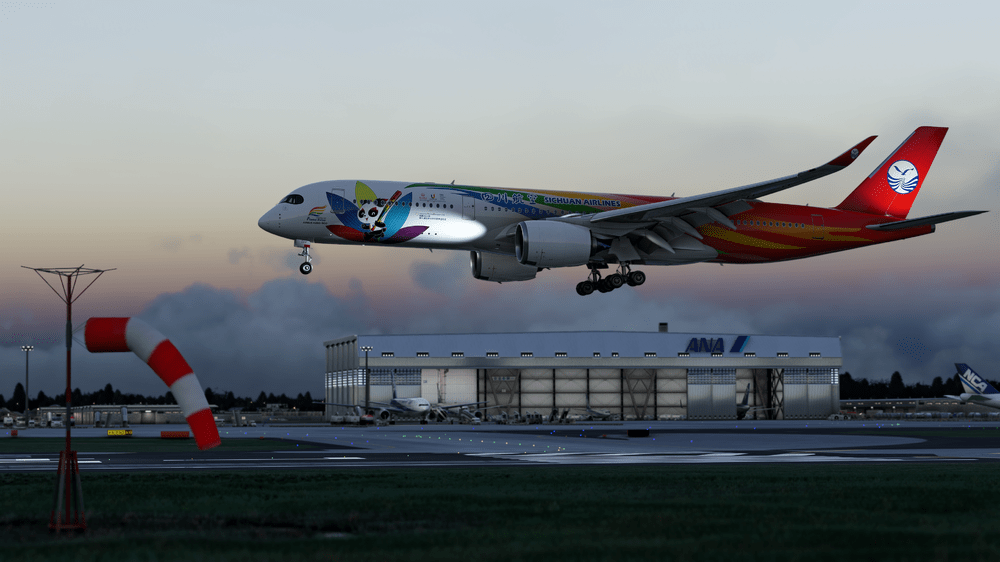
In relation to the aircraft’s rotation, iniBuilds has adjusted the pitch trim handler for better handling during rotation. This also now means the aggressive pitch-up issues have been fixed by adjusting the blend logic when changing the pitch rate during rotation. Simmers should see less aggressive rotation and better handling overall.
New Effects and Stability Improvements
With this update, iniBuilds has also added some new effects to the A350 in both MSFS 2020 and 2024. Icing effects will now be visible and can form on the wings, fuselage, and stabiliser. These will form dynamically based on the precipitation rate or can be manually adjusted visually via the EFB in the cockpit. Also, new integration with GSX allows for de-icing to eliminate the icing on the aircraft.
Another feature, which is only for MSFS 2024, is the snow layer, which will now form over the aircraft when cold and dark at the gate. This layer will appear when certain weather conditions are met and will dissolve over time once powered up. Hot brake disc effects have also been added and will now visually emit a red-hot glow from the brake discs when temperatures exceed 350 degrees Celsius.

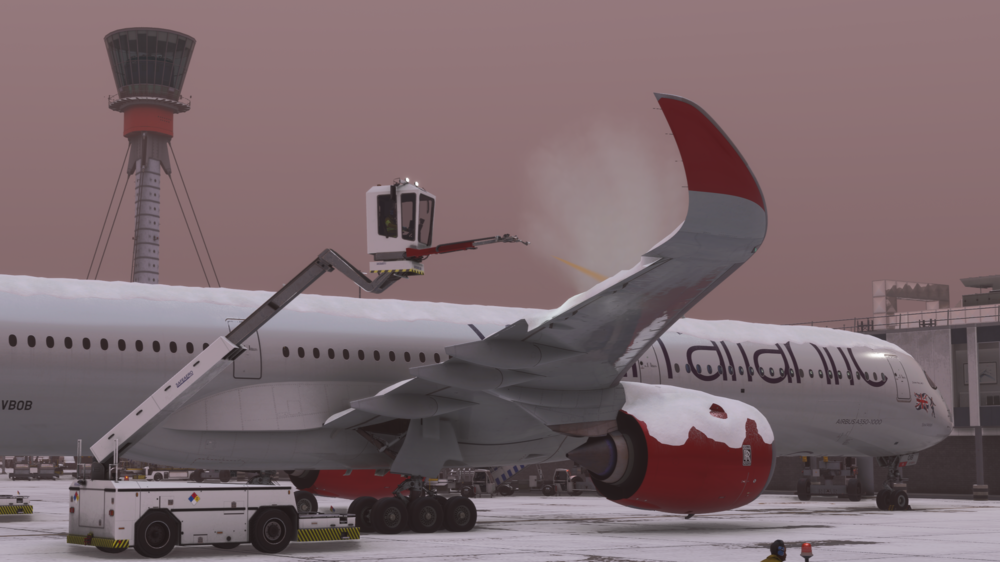
The last thing to be improved in this update is the stability. iniBuilds have been working hard to improve performance and stability for the A350 since its release. There have also been some more ECAM improvements and other minor fixes and changes, which you can view on the full update changelog. To read more about the iniBuilds A350 or previous iniBuilds products, read here on FSNews.
Feel free to join our Discord server to share your feedback on the article, screenshots from your flights or just chat with the rest of the team and the community. Click here to join the server.




